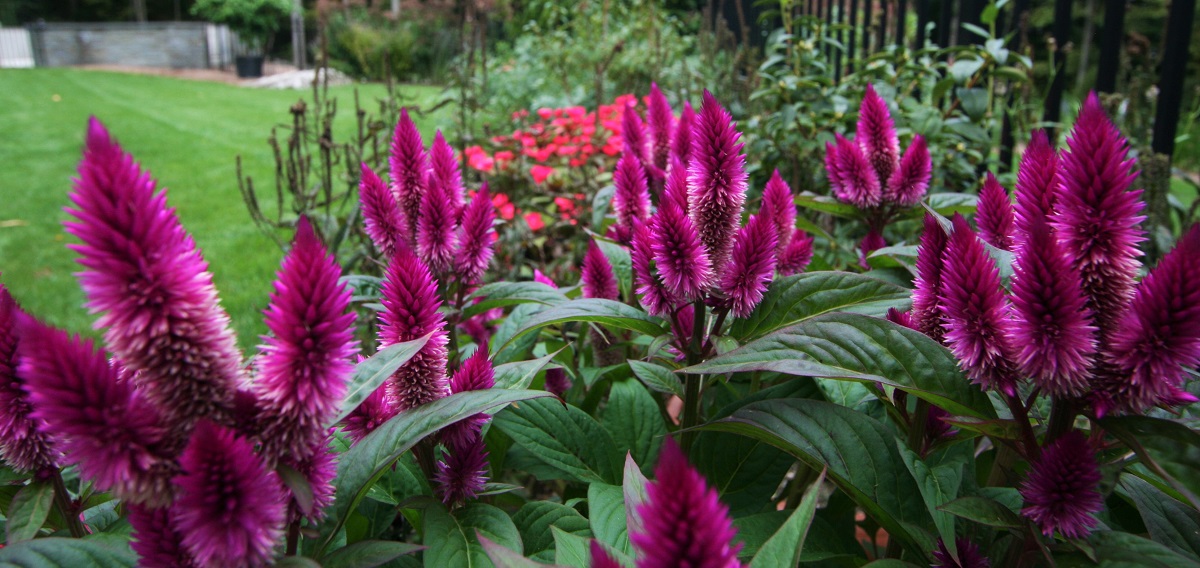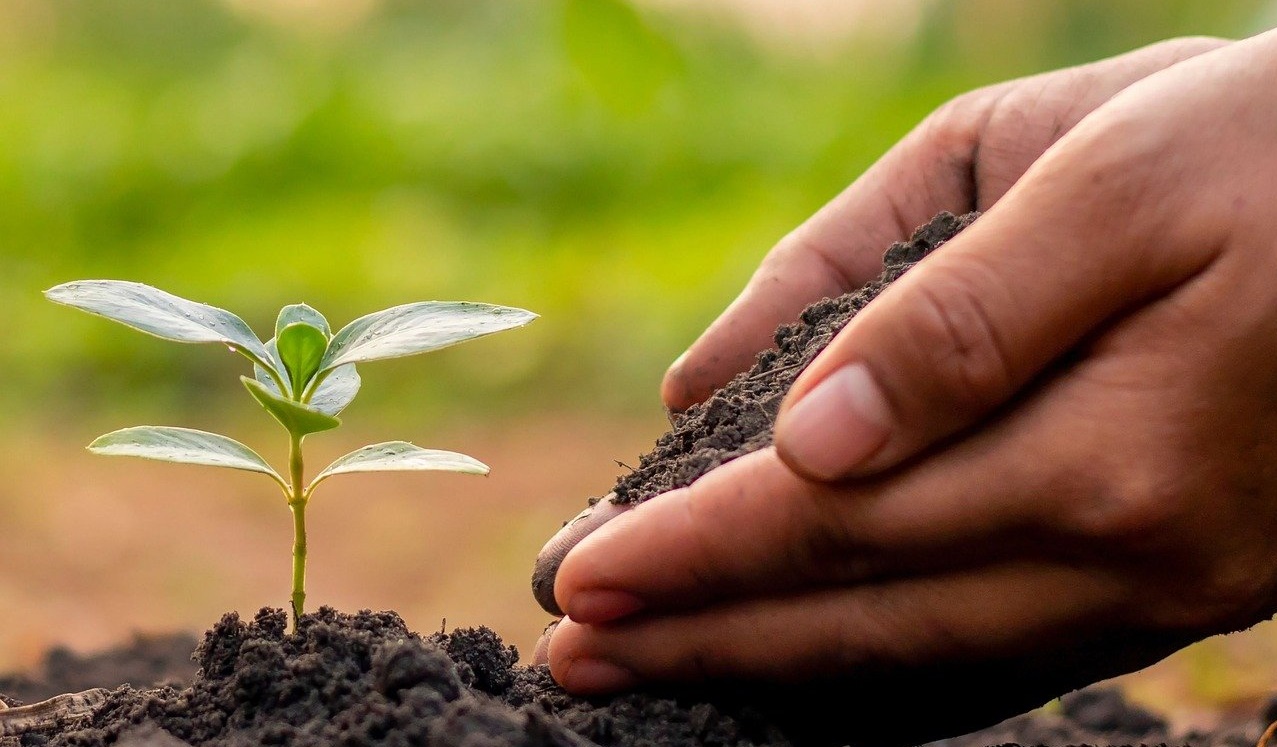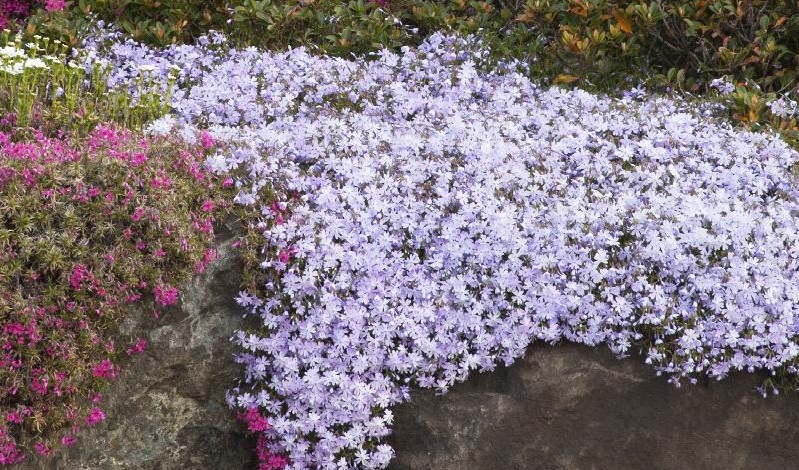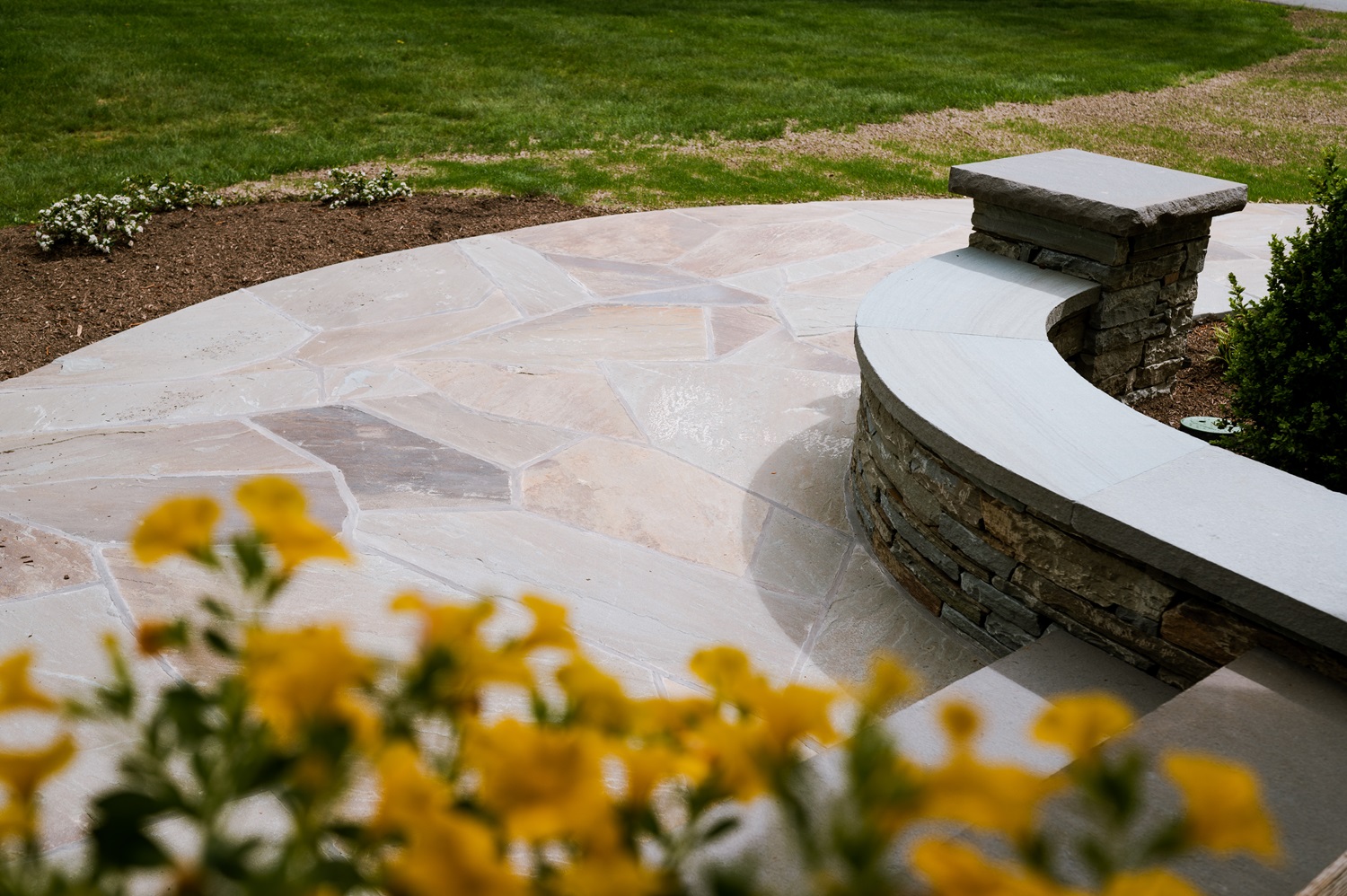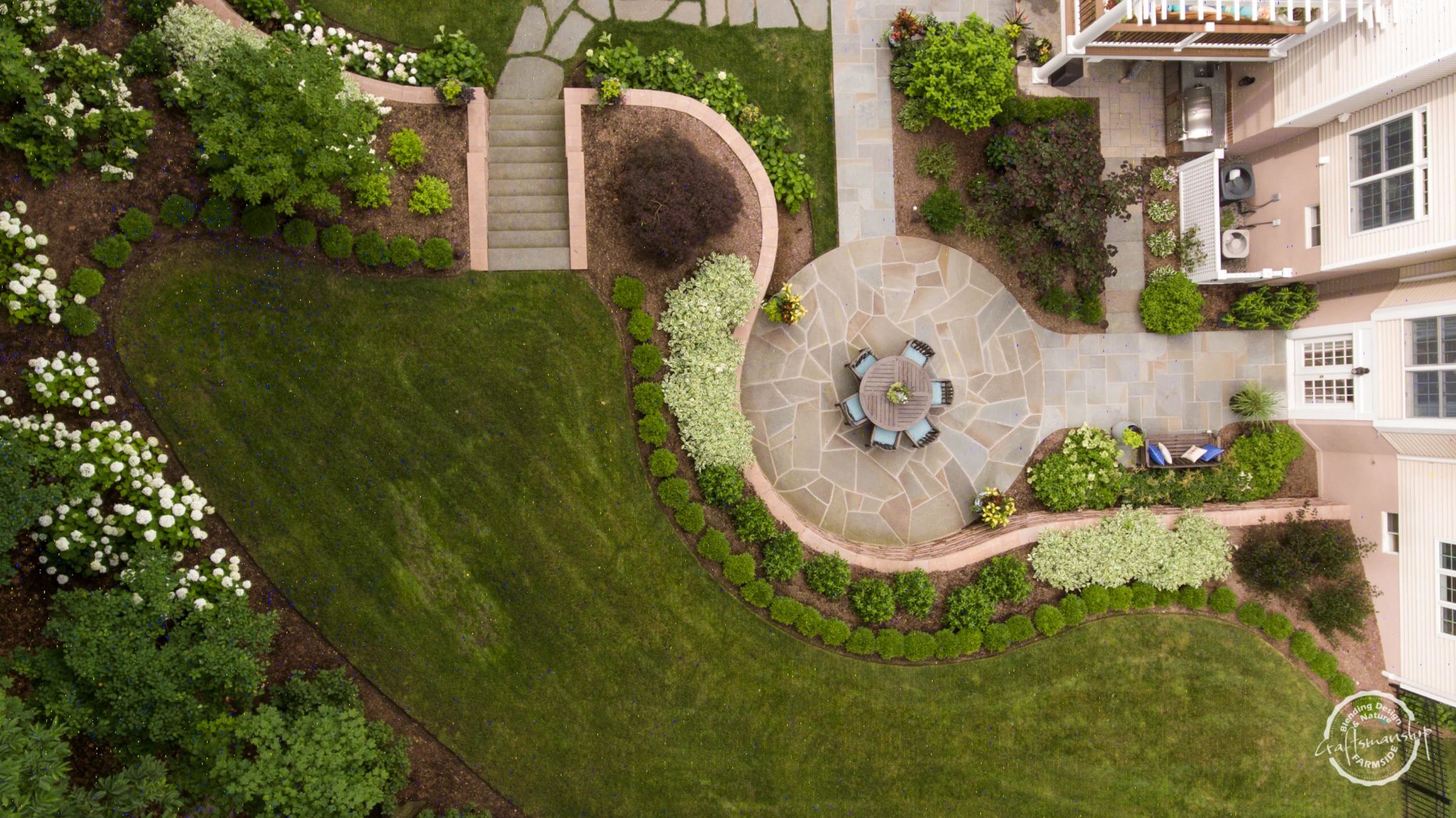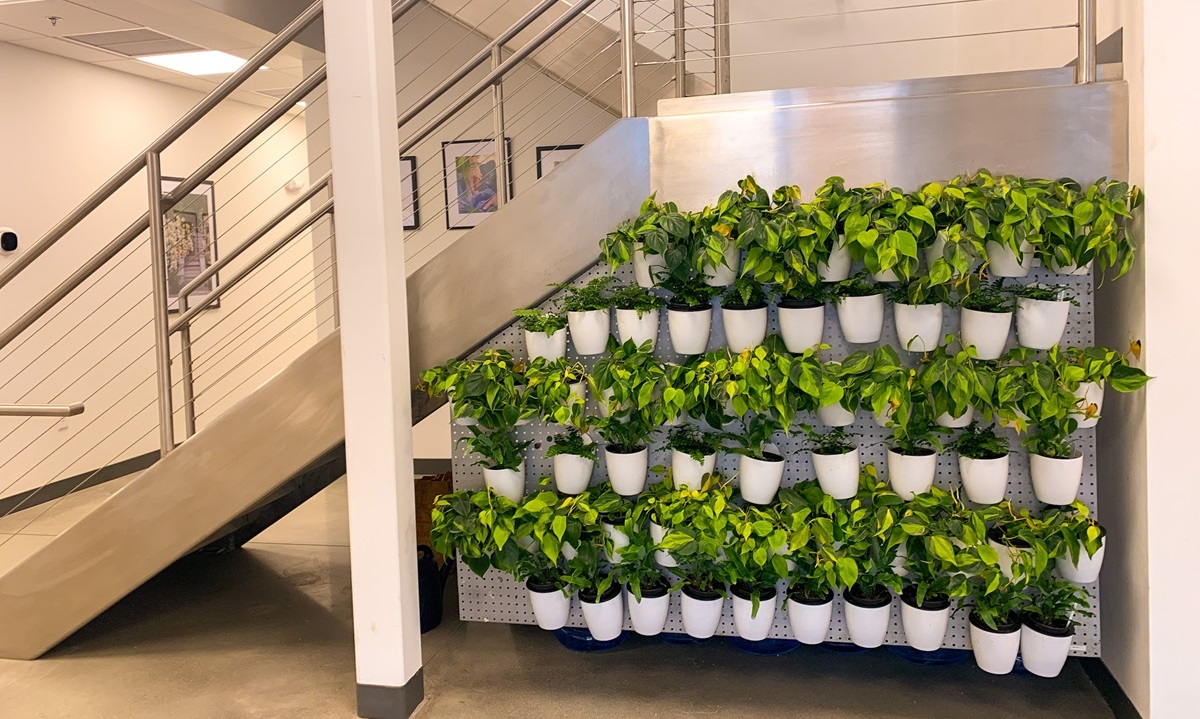When it comes to bringing fall color to your landscape, chrysanthemums are a classic go-to plant, typically used as annuals in our area, as are pansies, which usually make their debut in the garden in early spring. While these are both easy and plentiful options to boost fall color, here are some additional choices to keep things colorful at your home this autumn.
Plants for Fall Color Outdoors
Flowering Kale – An ornamental member of the kale family, it doesn’t actually flower, but does produce colorful inner leaves of pink, purple and white. It holds up even to freezing temperatures and looks great paired with mixed pansies. Plant flowering kale in full sun for the most vivid color.
Calibrachoa – Like pansies, calibrachoa is often associated with spring plantings, but they also hold up to cold temperatures. These look great in containers, especially hanging baskets. Keep them in a sunny spot and in well-drained soil.
Ornamental Peppers – These hardy annuals come in a range of colors, including red, orange and yellow as well as purple, blue and even black. Some varieties even offer variegated foliage for additional color interest. Full sun and well-drained soil will keep things colorful until the first frost.
Strawflowers – Their paper-like petals add color and texture to your garden, and transition beautifully indoors into dried arrangements. They do best in full sun and keep them protected from frost. Strawflower colors include red, orange, pink, yellow and white.
Preserving Fall Color
Autumn is a season of brilliant color, so why not capture and preserve some of it for inside your home? Certain flowers such as Snowflake hydrangea (Hydrangea quercifolia) and Strawflowers (noted above) are great to preserve as are brilliant fall leaves/branches such as Sugar Maple, Japanese Maple and Ginko.
Flowers with sturdy stems such as lavender, statice, liastris and hydrangea can make beautiful arrangements, but you can also create beautiful shadow-box displays with pansies, cameilas and Siberian Iris. Some additional flower to consider for drying: poppy, ageratum, globe thistle, yarrow, campanula, tansy and milkweed.
There are several methods of preserving flowers/leaves for drying, including air-drying, immersion in silica gel crystals or glycerin. Purdue’s University’s Department of Horticulture recommends diluted glycerin (one part glycerin to two parts water) as the best method for preserving branches with leaves.
For air-drying, hang bunches of blooms upside down in a dark, warm and dry area. You can also use a drying rack or raised screens for air-drying, which can take three weeks or more to become fully dehydrated.
To use silica gel crystals, pour a small amount of silica crystals into the bottom of a container. Place blooms on top of the silica crystals, then gently pour more crystals over the flowers to cover them completely. You want to take care when pouring the crystals so you don’t damage or misshape the flowers. In lieu of silica gel, you can also try a mix of sand or cornmeal and borax. Mix the sand or cornmeal with borax in a 2-to-1 ratio – 2 parts borax to 1 part either sand or cornmeal. It can take a week or so for the silica method to dry flowers and two or three weeks for the borax method.

